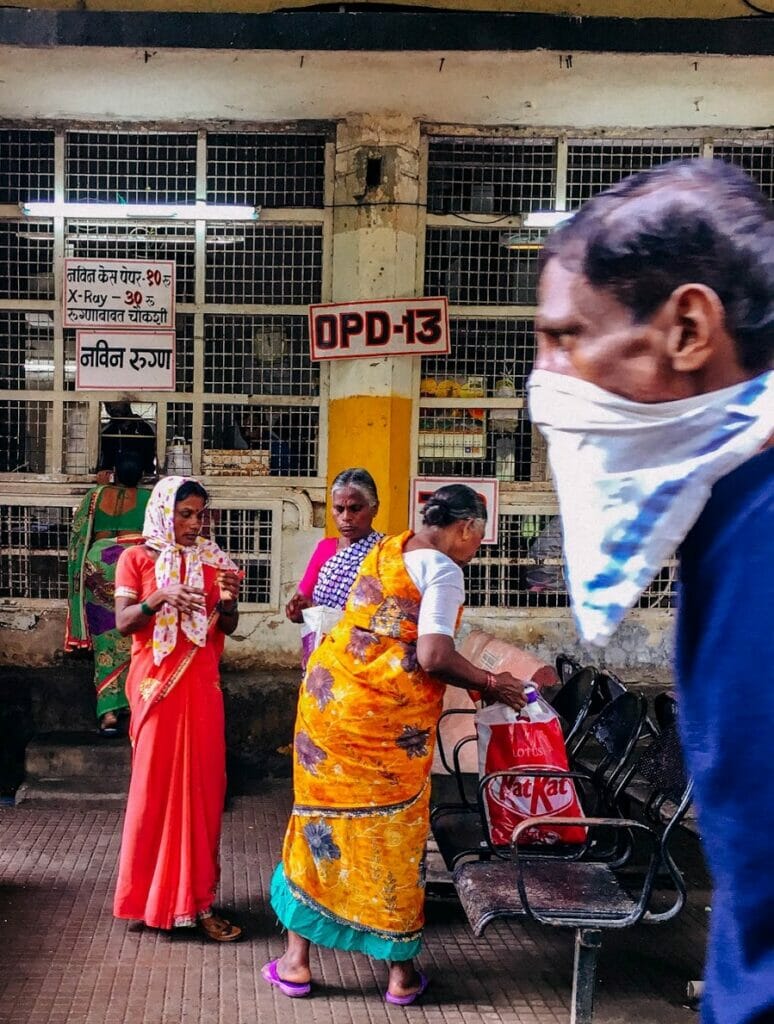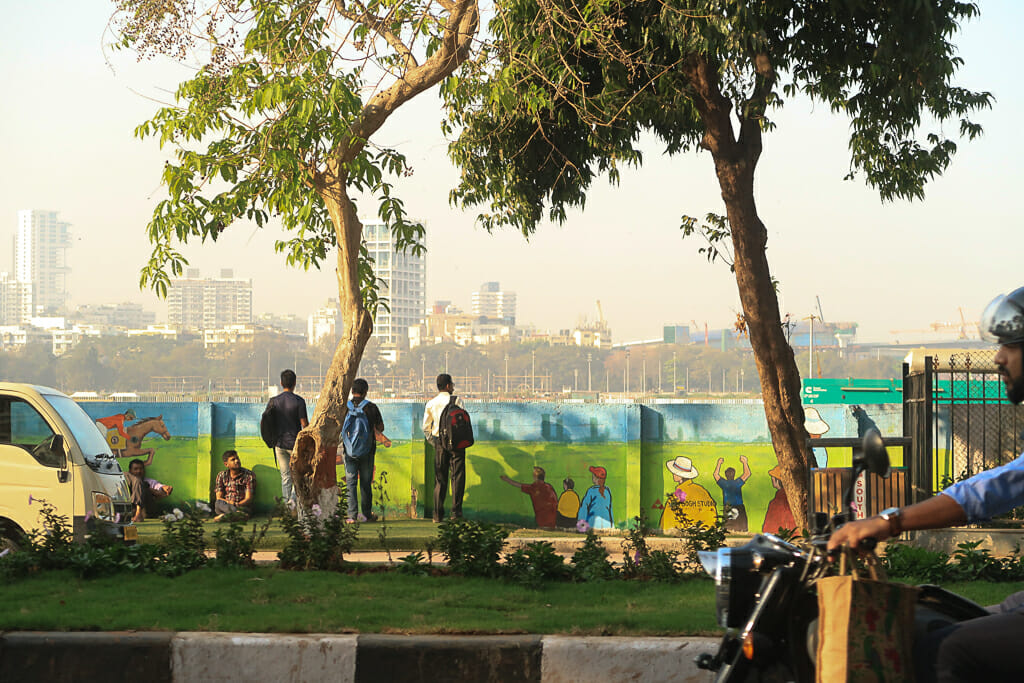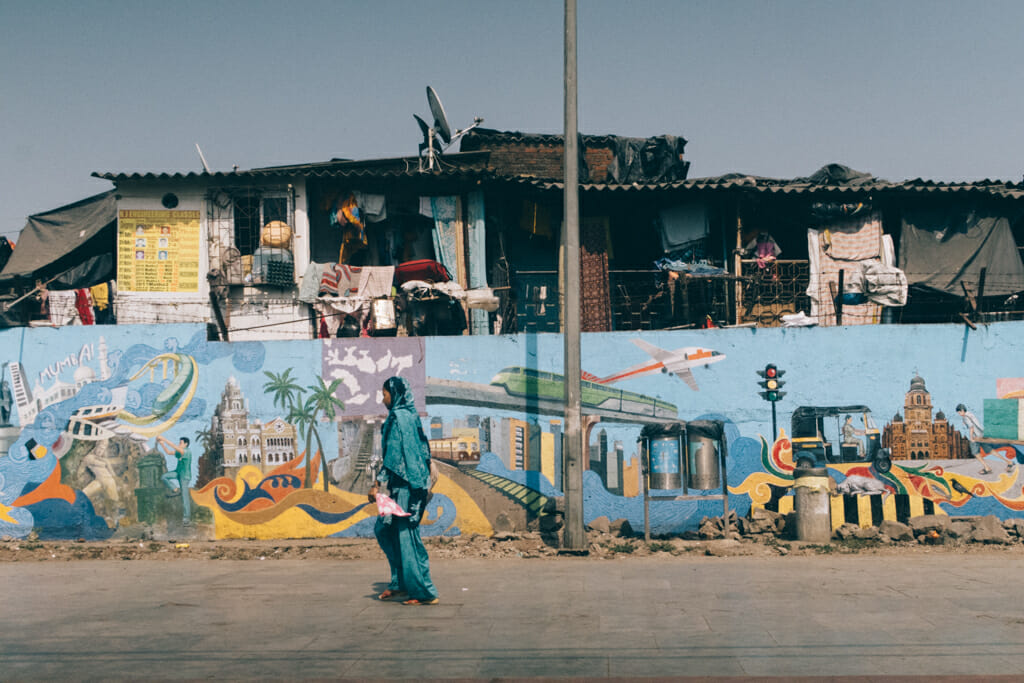On January 18th, the Brihanmumbai Municipal Corporation (BMC) asked people for their suggestions on the municipal budget, a step towards the making of a democratic participatory budget. And while there have been criticisms of the timing and structure of the call, many have responded.
Below are a few suggestions from a few citizens, some of whom are experts in their fields.
Rini Annie Cherian, program coordinator at Praja Foundation
The 2022-23 BMC budget speech had made some progressive proposals for infrastructure and environmental rehabilitation of various locations in the city, but fell short in carrying forward the proposed plans of the past, like a unified planning authority made in the previous year’s budget. While the budget speech is only a declaration of proposals, it is important to ensure year-on-year implementation and follow-ups of past goals and effective utilisation of the budgetary allocations.
An outcome-based budget should be incorporated to ensure targeted development within the city. The BMC will probably live-stream the budget announcement this year, as they have been doing so for the past few years, thus exposing citizens to the process of budgeting. However, it would mean little if the citizens are not able to comprehend the various nuances of the BMC budget. Thus, the budget structure needs to be simplified for the common citizen to understand.

Sharmila Kher, co-director at the Foundation for Child Protection Muskaan
- Establishment of menopause clinics at public health centres (PHC) or municipal maternity homes –
Women are mentally and physically compromised during menopause, making them susceptible to depression and loss of self-worth. They need support, counselling and, in some instances, therapy. - Cancer and heart disease – Bone health and other orthopaedic ailments also need special attention in this phase.
- Women’s gutkha (masheri) addiction clinics – Women from slum communities and those that work as house helps are addicted to a substance called masheri, which is a tobacco-infused powder that gives a high and kills hunger. They need access to oral health care services for early control of addiction and subsequent treatment, if there is disease.
- Gynaecologist check ups should be mandatory for adoloscent girls in school, as menstruation is irregular and often linked to anemia. Menstrual hygiene is linked to cervical cancer, and there is a need for HPV vaccinations. Sexual abuse cases can also be identified here through pregnancies among/in young girls. Many do not make the connection to their missed periods and carry into the second trimester, as they are unaware of their bodily changes.
- Biotoilets for women must be installed at major bus stops and crowded markets, which are accessible by smart cards to avoid misuse.
- All children should get compulsory child sexual abuse (CSA) education as part of their school curriculum. The CBSE board has made it compulsory via a general resolution, but the state boards are lagging. This will help children recognise and report abuse to the relevant authority. Special attention should be given to 16-18-year-olds in consensual relationships, teaching them responsible sexual behaviour.
- Safe islands should be created in the city, where women and children in distress can seek help, especially at night or odd hours of the day.

Dr Ravikant Singh, founder of the NGO Doctors For You
- Focus on strengthening primary health services by upgrading infrastructure and adding manpower.
- Increase funding for laboratories and HR to control tuberculosis.
- Dedicate a team for vaccinations, with vehicles and logistics support, to achieve 100% coverage in the slums and outskirts of Mumbai.
- Focus on improving the nutritional status of children and setting up community-based malnutrition treatment centres.
- Dedicate funding for pandemic preparedness of Mumbai.
- Strengthen public health laboratories and disease surveillance systems for early detection of any outbreak in the future.
Zoru Bhathena, environmental activist
As Mumbai develops, we need more trees and open spaces. We hope that BMC will use their budget judiciously to preserve, protect and enhance Mumbai’s green cover; not to destroy it.
Read more: Here’s where your money goes. An explainer on BMC’s budget
Ronak Sutaria, founder of Respirer Living Sciences, climate tech using sensor data, city policy research and air quality
- Install sensor-based air quality and noise monitors at every 2 sq km.
- Information about the 17 notified industries’ continuous emissions monitoring systems (CEMS) should be made public.
- Install air quality and noise monitors at all construction sites. Their compliance with air and noise pollution norms should be checked in real-time.
- All schools and hospitals must maintain globally accepted indoor air quality standards.

Shaikh Faiyaz Alam, founder of the Govandi New Sangam Welfare Society
The BMC budget for the year 2022-2023 was around Rs 46,000 crore. This year, it should be double or triple the amount.
- Mumbai’s only biomedical waste incinerator should be moved from Govandi to an industrial area. Every healthcare facility should have its own onsite waste disposal system, either through burial or with the help of a mini incinerator.
- CBSE or ICSE board public schools are needed in Govandi. There are none currently, despite the high population of 8 lakh residing in the area. And because the distance to the schools is greater than 3 km, students are rejected from admissions under the Right to Education (RTE) Act.
- More cemetery space is needed for Muslims in Govandi. Currently, there are only two: Deonar Muslim Qabristan and Rafi Nagar.
- The public transport facilities at Govandi railway station need to be improved; ticket counters, escalators and trains need increasing.
- An Air Quality Index Monitoring Commission (AQIMC) which will supervise and govern the air quality should be set up in Mumbai, just like in Delhi NCR.
- More healthcare facilities in Govandi are needed.
- KEM Hospital, which records and maintains the annual report by Environment Pollution Research Centre (EPRC) should conduct a survey in Govandi.

Suresh Prabhudas Panjwani, Citizen Matters reader
- During monsoons, most of the rainwater which doesn’t fall into catchment areas is wasted. We should adopt Tamil Nadu’s system of storing rainwater in housing societies, bungalows, etc, thus solving the water shortage problem. The societies and houses which do so should get a rebate on their water bill.
- Dry and wet waste segregation should be compulsory for housing societies, and collection vans should have separate compartments for taking the waste away separately, thus saving the BMC on manpower. Housing societies should be given suitable rebates in property tax to encourage this.